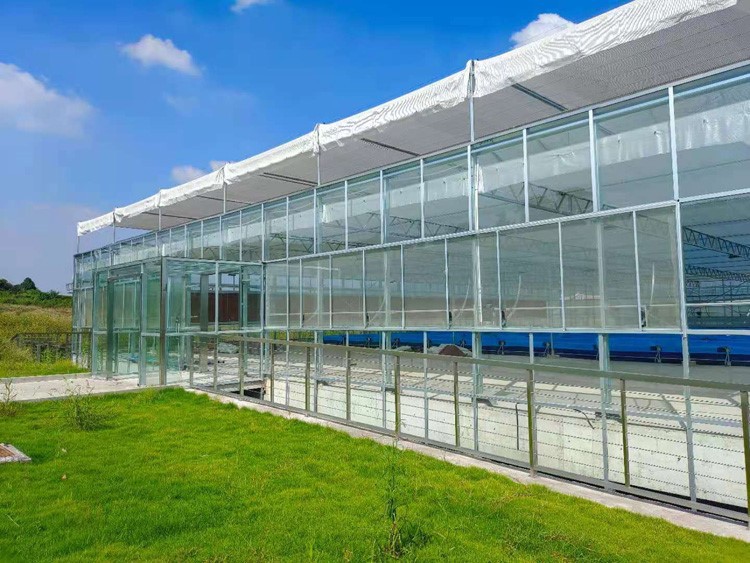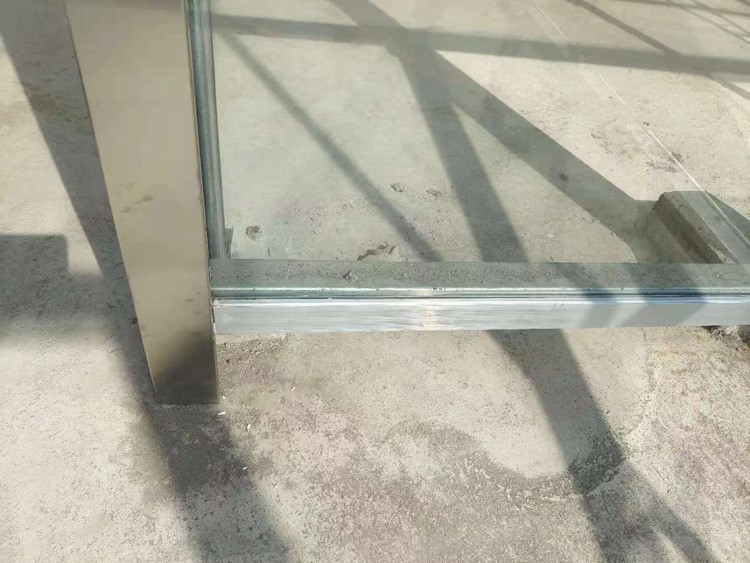What should we pay attention to when growing vegetables in greenhouses? Farmers should pay attention to these ten points!
Attention to vegetable cultivation in greenhouses
1. Pay attention to the application of C02 gas fertilizer
Appropriate application of CO2 gas fertilizer can make plants grow robustly and improve product quality and yield.
2, pay attention to the characteristics of vegetable fertilizer
Greenhouse vegetables should be dominated by bio-bacteria organic fertilizers and supplemented by chemical fertilizers. Because greenhouses are closed facilities, air circulation is restricted, and CO2 gas fertilizer cannot be supplemented. Therefore, organic fertilizers must be added to solve the lack of CO2 gas fertilizer. question. Field vegetables, leafy vegetables should pay attention to nitrogen fertilizer, fruit vegetables should pay attention to phosphorus and potassium fertilizer, root vegetables should pay attention to potassium fertilizer, and the waist should be balanced fertilization.
3. Note that phosphate fertilizer and zinc fertilizer cannot be used in combination
Chemical fixation often occurs between phosphorus and zinc, and excessive use of phosphorus fertilizer will inhibit the absorption of zinc. The temperature and humidity of the greenhouse are high, and the effectiveness of phosphorus is 2 to 3 times higher than that in the open field. Therefore, attention should be paid to reducing the amount of phosphorus to prevent the effectiveness of zinc from being inhibited. In case of zinc deficiency symptoms, 0.05% ~ 0.2% zinc sulfate foliar spray can be used.
4. Pay attention to the interaction between potassium and magnesium
The interaction between potassium and magnesium often occurs, so when applying potassium fertilizer to vegetables, it must be fertilized by soil and crops. For example, excessive application of potassium fertilizer can easily induce magnesium-deficiency physiological diseases, yellowing and whitening between the veins of cucumber, and the veins are still green, and yellow patches are first found in the middle leaves of tomato. Magnesium sulfate or calcium magnesium phosphate fertilizer leachate can be sprayed when magnesium is deficient.
5. Pay attention to the proper application of nitrogen fertilizer
Excessive nitrogen fertilizer will not only cause high nitrate content in vegetable products, which cannot meet the pollution-free standard, but also inhibit the absorption of some other elements. Excessive application of nitrogen fertilizer will affect the absorption of calcium, resulting in longitudinal splitting of eggplant sepals and cork of the pulp; umbilical rot in tomatoes and peppers; internal browning and rot of cabbage. Excessive nitrogen fertilizer can also cause physiological diseases such as boron deficiency, potassium deficiency and magnesium deficiency in vegetables.
6. Be careful not to apply chlorine-containing fertilizers
Because chloride ions can reduce vegetable starch and sugar, deteriorate the quality, reduce yield, and also remain in the soil, poison the root system, cause soil compaction, increase soil salinity, and make soil salinized.
7. Note that it is not suitable to apply quick-acting nitrogen fertilizer to greenhouse vegetables
Because the quick-acting nitrogen fertilizer is easy to decompose and volatilize ammonia, especially in the greenhouse due to the high temperature, the volatilization effect is even worse. Even if the open air is released during the day, it should not be applied with water or in a hole to prevent the vegetables from being fumigated by ammonia to damage the leaves and induce death due to ammonia.
8. Pay attention to the availability of phosphate fertilizers
9. Pay attention to the use of potash fertilizers
Potassium fertilizer is one of the three elements of fertilizer - -, the effective use of potassium fertilizer is very important.
10. Vegetables with a short growth period can be applied at the bottom at one time, and those with a long growth period can be applied at the bottom in half.
It is best to apply potassium fertilizer before flowering, and foliar spraying should be used for potassium deficiency in the later period. Iron is easily fixed and converted into insoluble compounds by soil and loses fertilizer efficiency, and cannot be recycled in vegetable leaves. Spray with 0.1% ~ 0.3% ferrous sulfate aqueous solution, spray evenly and carefully, once every 5 ~ 7 days , spray 2~3 times continuously. If iron fertilizer is applied to the soil, it should be mixed with organic fertilizer after composting.








